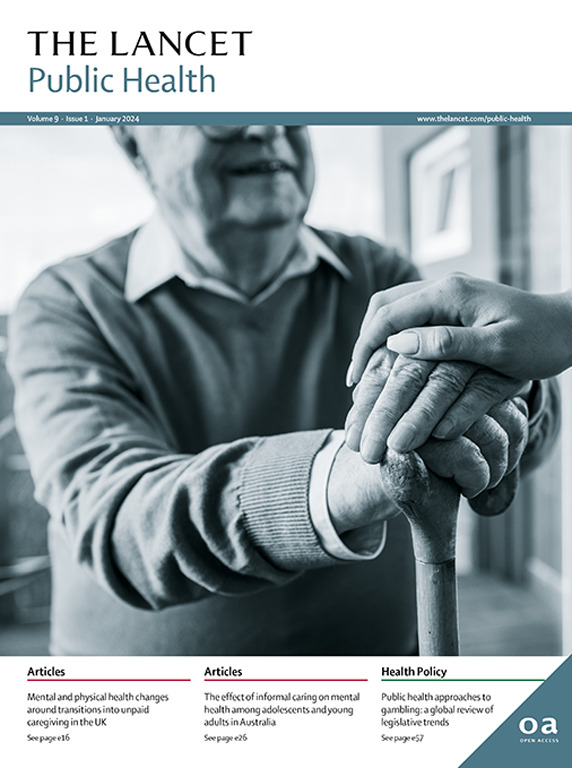Access to abortion in Canada
IF 25.4
1区 医学
Q1 PUBLIC, ENVIRONMENTAL & OCCUPATIONAL HEALTH
引用次数: 0
Abstract
The study in The Lancet Public Health by Erin Brennand and colleagues1 looking at abortion care in Alberta, Canada, tests an optimistic hypothesis held by many, that the 2017 implementation and deregulation of mifepristone for medication abortion would substantially improve access to care. Until 2017, abortion in Canada was almost exclusively available through procedures carried out by physicians in urban centres.2 Using Ontario population-based administration data from 2012 to 2020, Schummers and colleagues3 found that after its introduction, medication abortion increased rapidly as a proportion of abortion overall. In 2019, Renner and colleagues4 surveyed Canada's abortion workforce and found 83% of the 465 respondents reported providing first-trimester medication abortion. Furthermore, nurse practitioners constituted 6% of respondents, and 44% of abortion in rural areas was through medication abortion. These studies pointed to the effect that medication abortion was swiftly making on practice. By 2022, the Canadian Institute of Health Information reported that 39·5% of abortion across the country was by medication.5 But was that effect equal across populations? Brennand and colleagues provide an overview of changing abortion care in Alberta specifically.求助全文
约1分钟内获得全文
求助全文
来源期刊

Lancet Public Health
Medicine-Public Health, Environmental and Occupational Health
CiteScore
55.60
自引率
0.80%
发文量
305
审稿时长
8 weeks
期刊介绍:
The Lancet Public Health is committed to tackling the most pressing issues across all aspects of public health. We have a strong commitment to using science to improve health equity and social justice. In line with the values and vision of The Lancet, we take a broad and inclusive approach to public health and are interested in interdisciplinary research.
We publish a range of content types that can advance public health policies and outcomes. These include Articles, Review, Comment, and Correspondence. Learn more about the types of papers we publish.
 求助内容:
求助内容: 应助结果提醒方式:
应助结果提醒方式:


